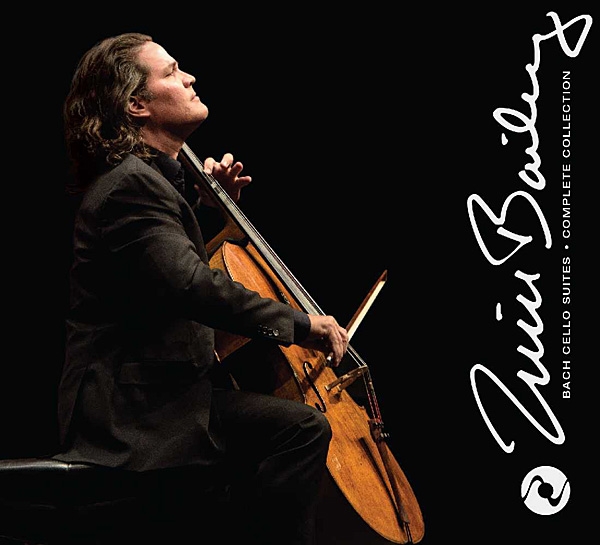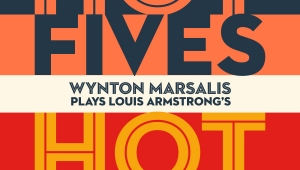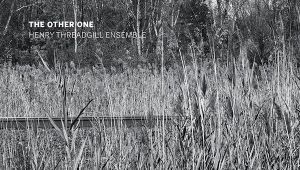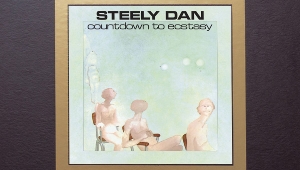| Columns Retired Columns & Blogs |
Hey, keep bringing them on! They are a fun and easy recording for comparing the different versions to each other, as well. Good Hi Fi fun and great music! Win win!
Just call those suites the Musical Fidelity of music reviews! Did they make a Bach Solo Cello Suites watch yet? (That is a Listening #51, March, 2007 joke, nothing negative inferred or implied.)
I'm gonna go buy this!
__
Thread drift, in rock, we call these cover versions, in classical-land, they are interpretations. I find that interesting.









































